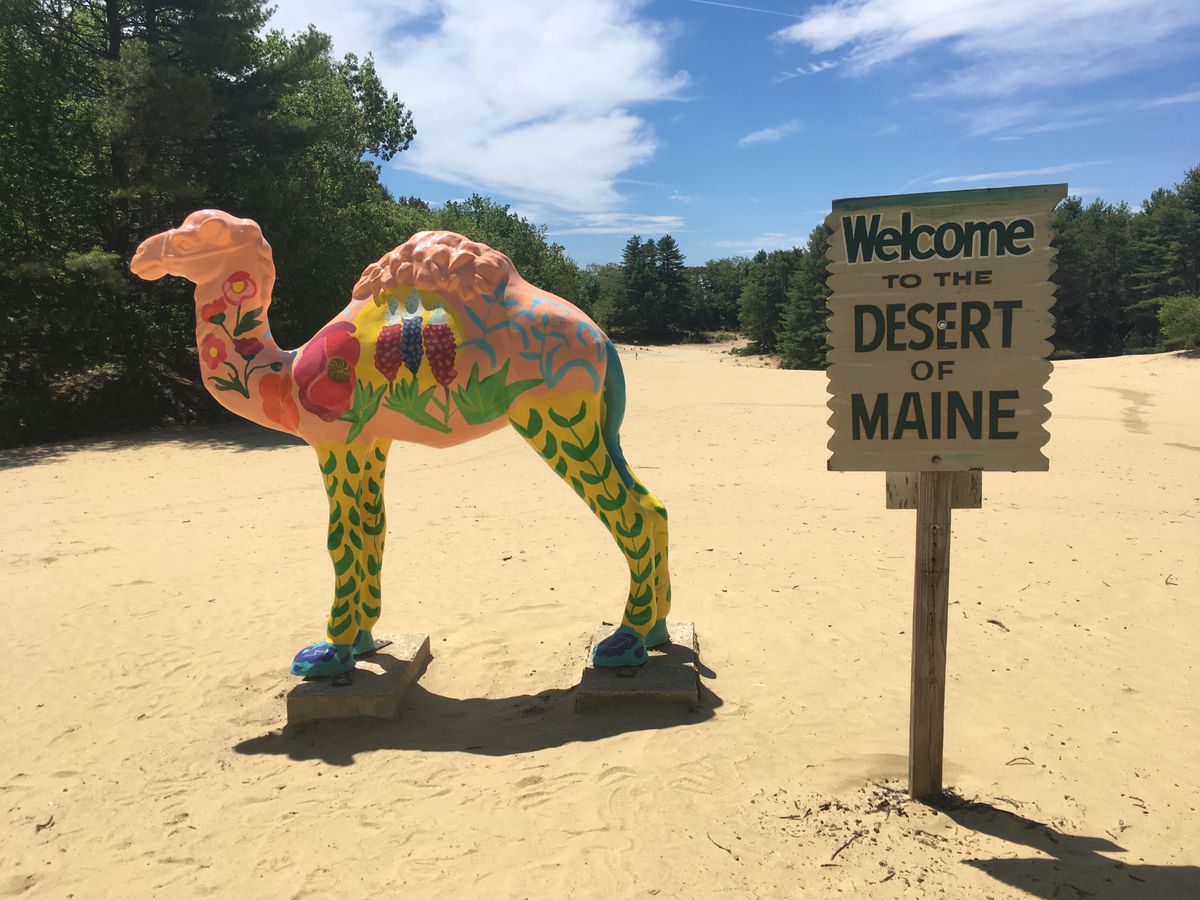About
Despite slowly encroaching vegetation and a great deal of yearly rainfall, the so-called Desert of Maine remains a strange reverse-oasis among the verdant Maine pines.
The small, 40-acre plot of land now known as the Desert of Maine actually began as a successful farming plot. As early as the late 1700s, the land was being farmed by the Tuttle family, who used the acreage to grow potatoes.
Unfortunately, by the late 1800s, the family had neglected to rotate their crops. That, combined with overgrazing by their flock of sheep, turned the land into a useless sandy silt. The family abandoned the unfarmable plot in 1919.
The "desert" isn't a true desert, as it still receives a fair amount of precipitation every year. In truth, the poor land use had exposed glacial silt that had been laying in wait under the topsoil for thousands of years.
Because of the land's desert-like appearance, it was turned into a tourist oddity in 1925. The Desert of Maine has been attracting curious visitors ever since. The dunes are now adorned with desert-worn debris and even a fiberglass camel. A gift shop and "sand museum" have also been erected, where visitors can bottle and take home some sand from one of the most unlikely deserts in the world. Kids can hunt for gemstones in the dunes and climb around on the natural playground. You can even camp right next door at the Desert of Maine Campground.
Related Tags
Know Before You Go
The Desert of Maine is two miles off I-295. Take Exit 20, Desert Road, and drive West on Desert Rd until the dead end. As of June 2019, the Desert of Maine is under new ownership, and the current admission prices are $16 for adults, $12 for kids aged 4-12.
Community Contributors
Added By
Published
May 22, 2014

























































